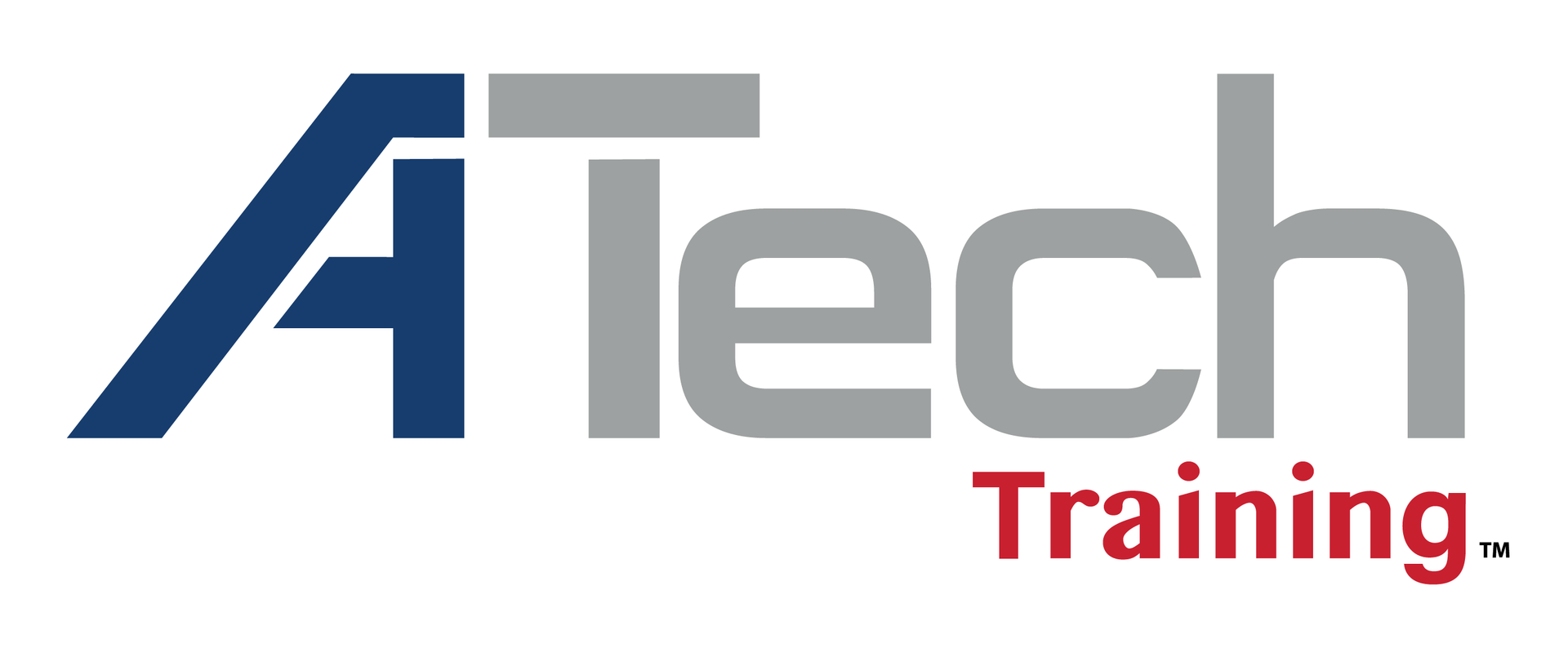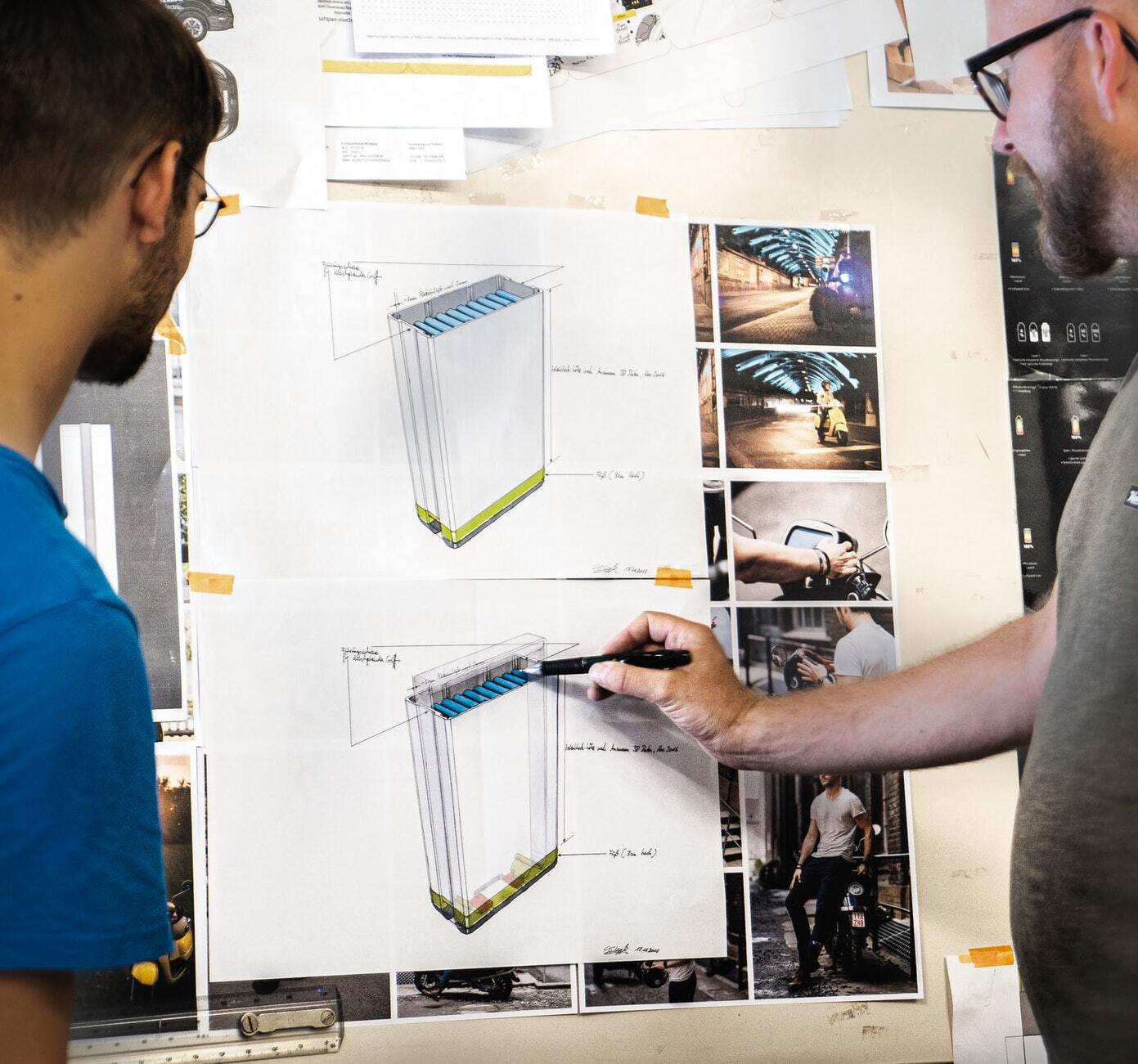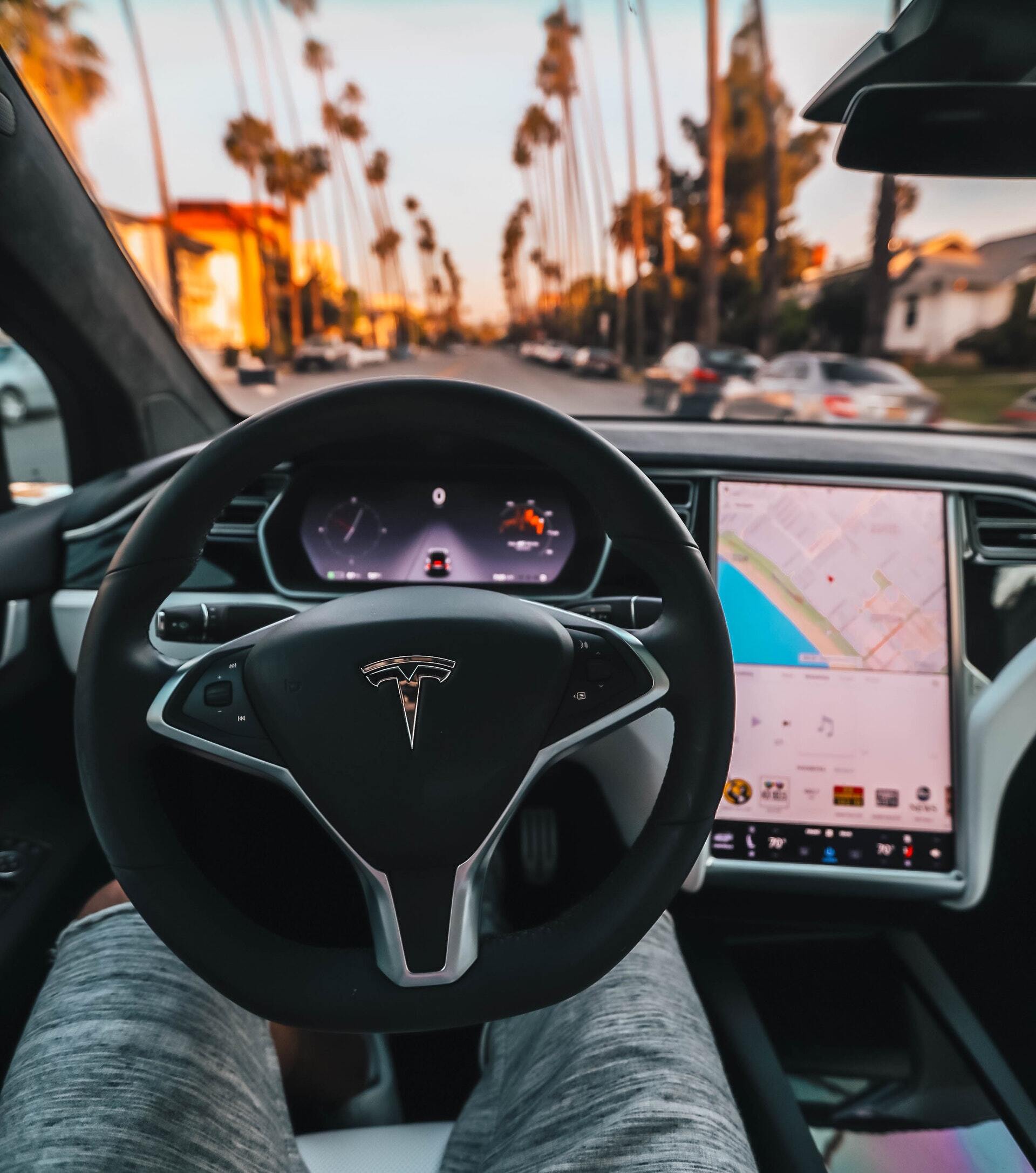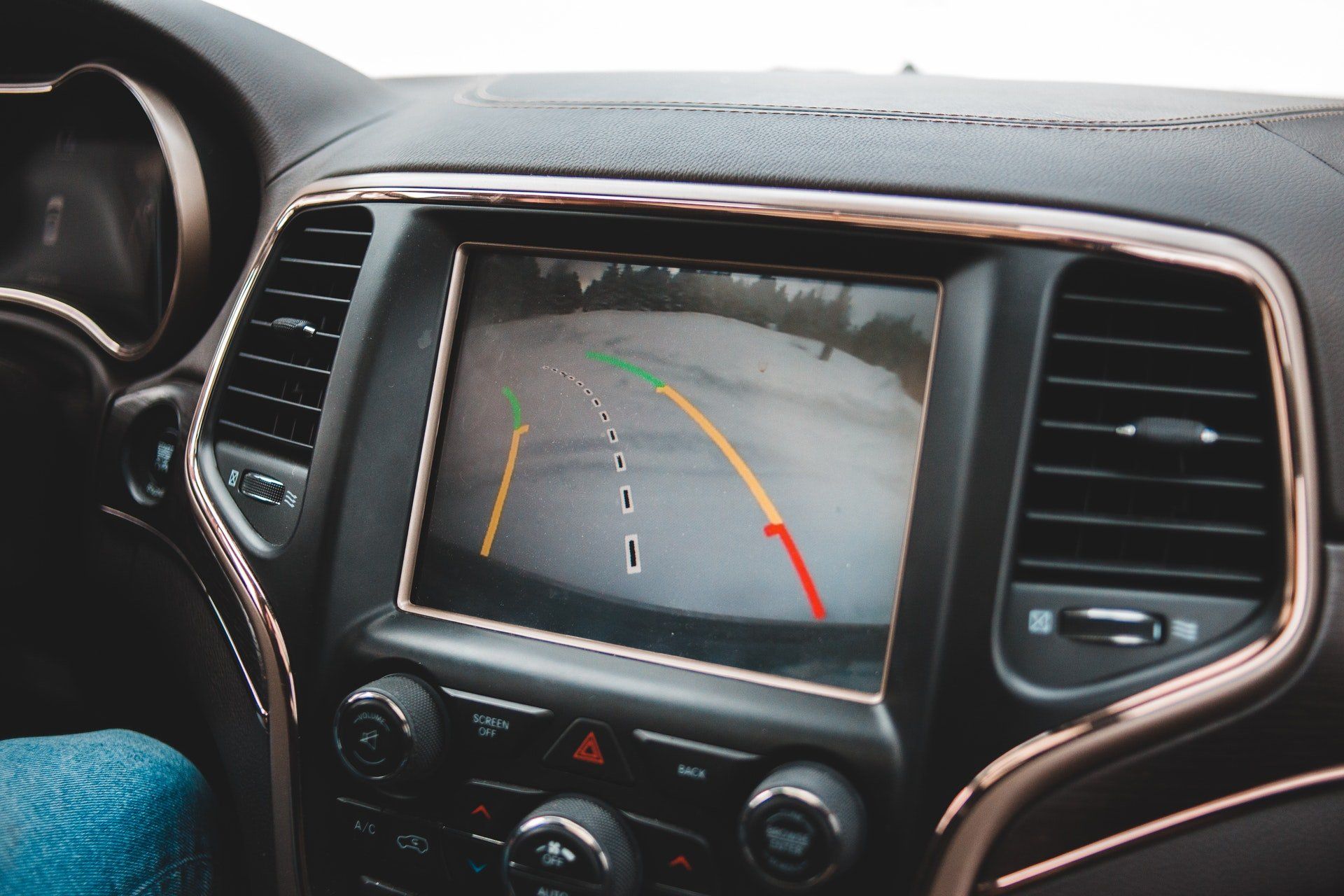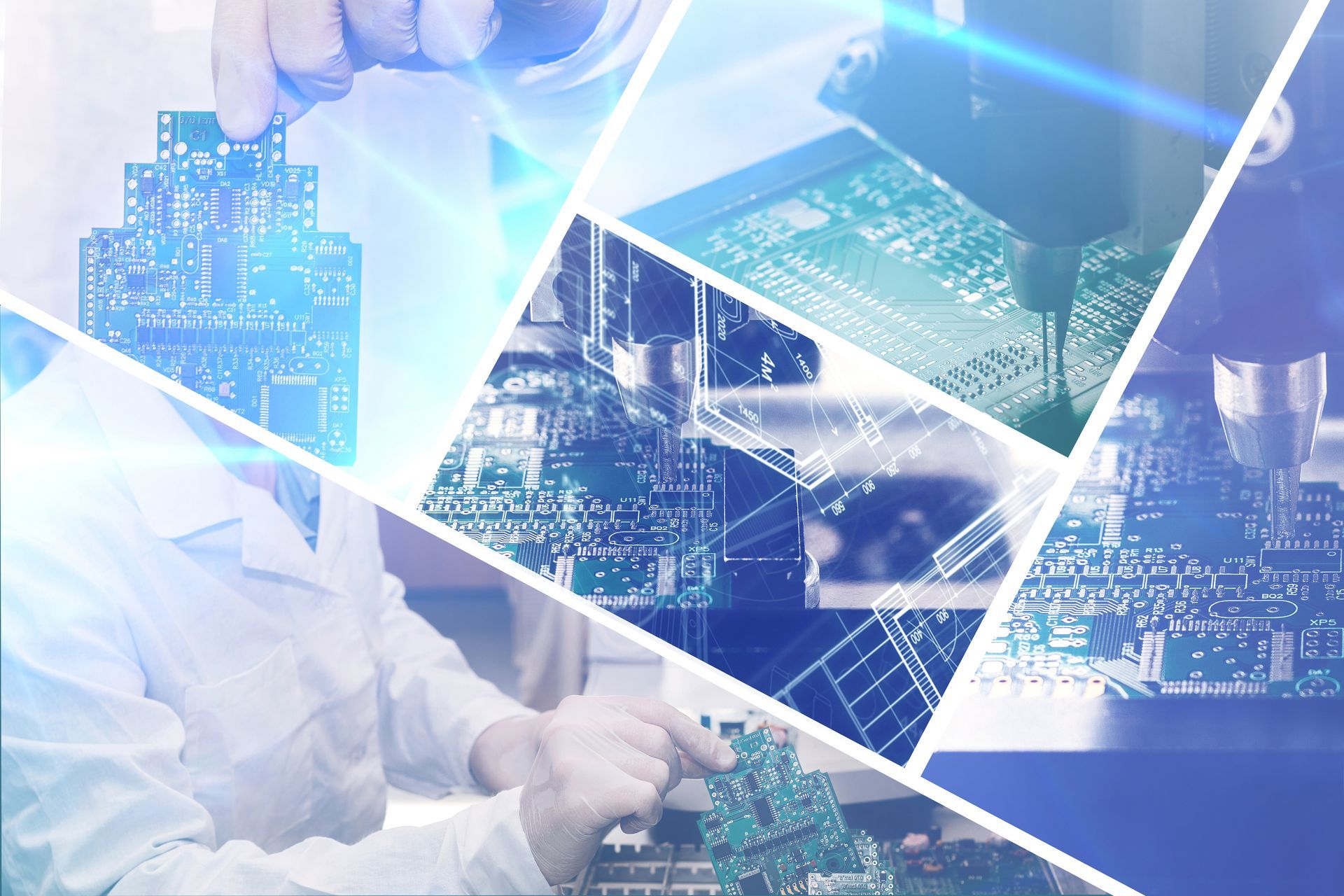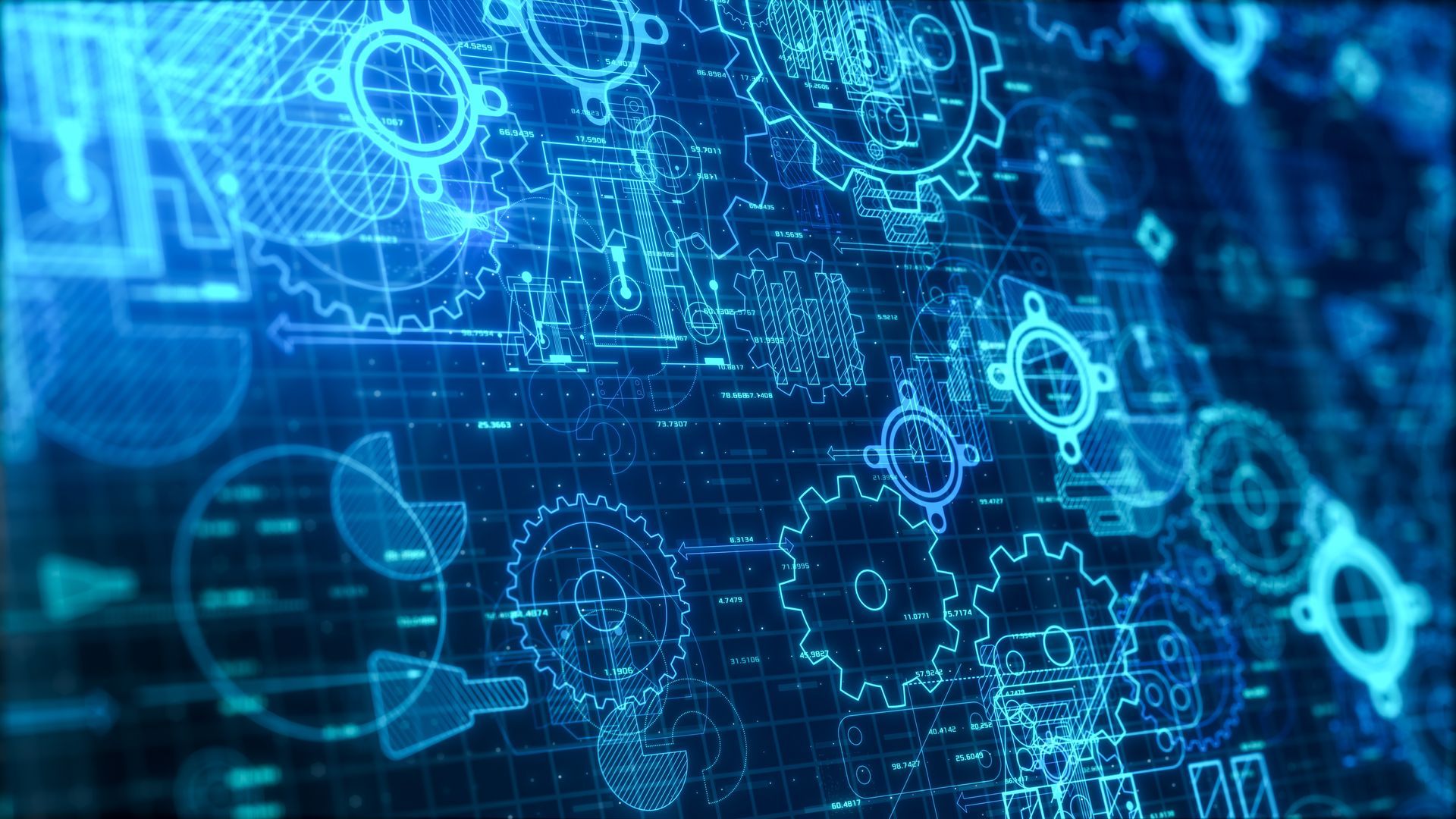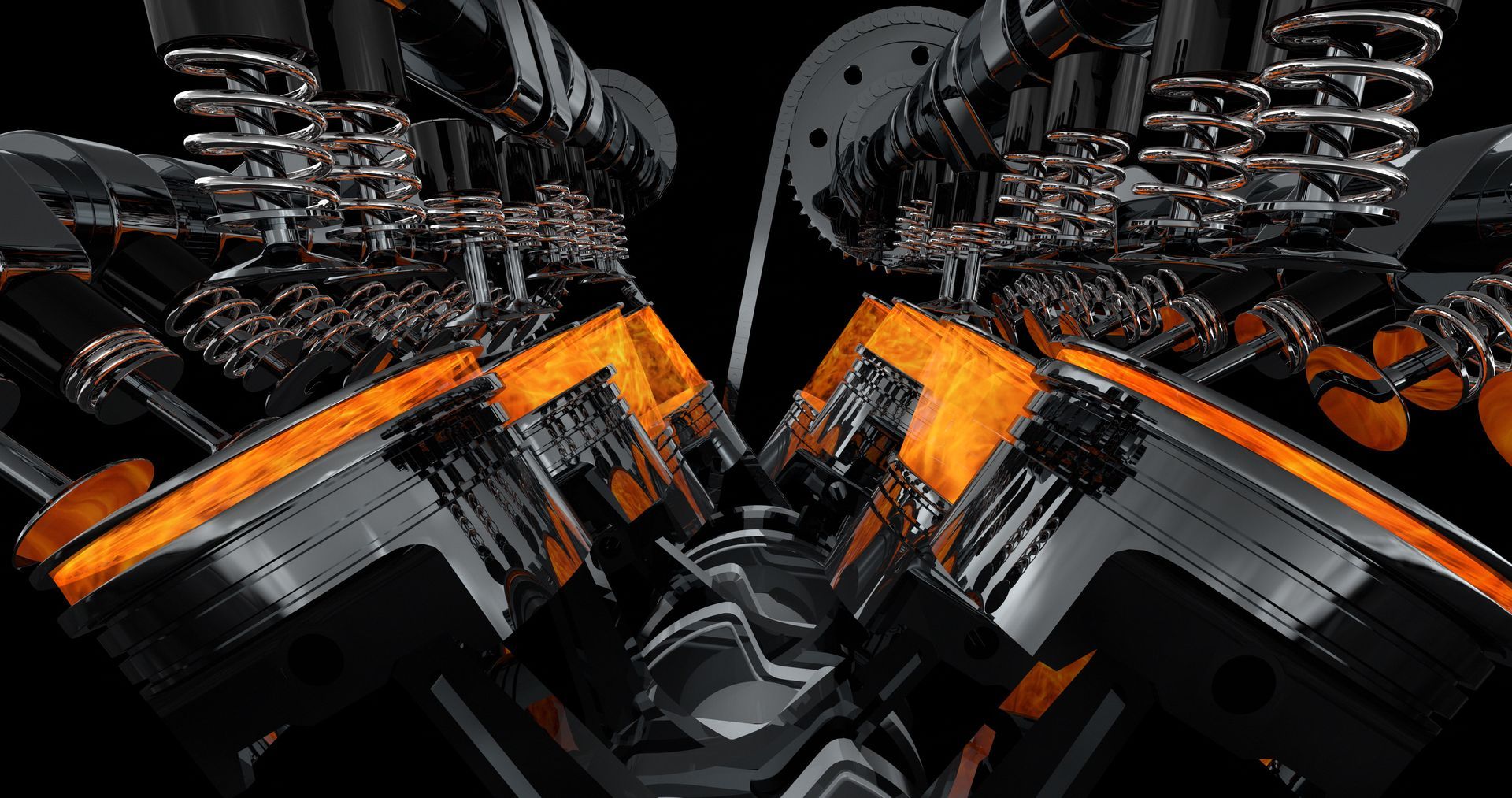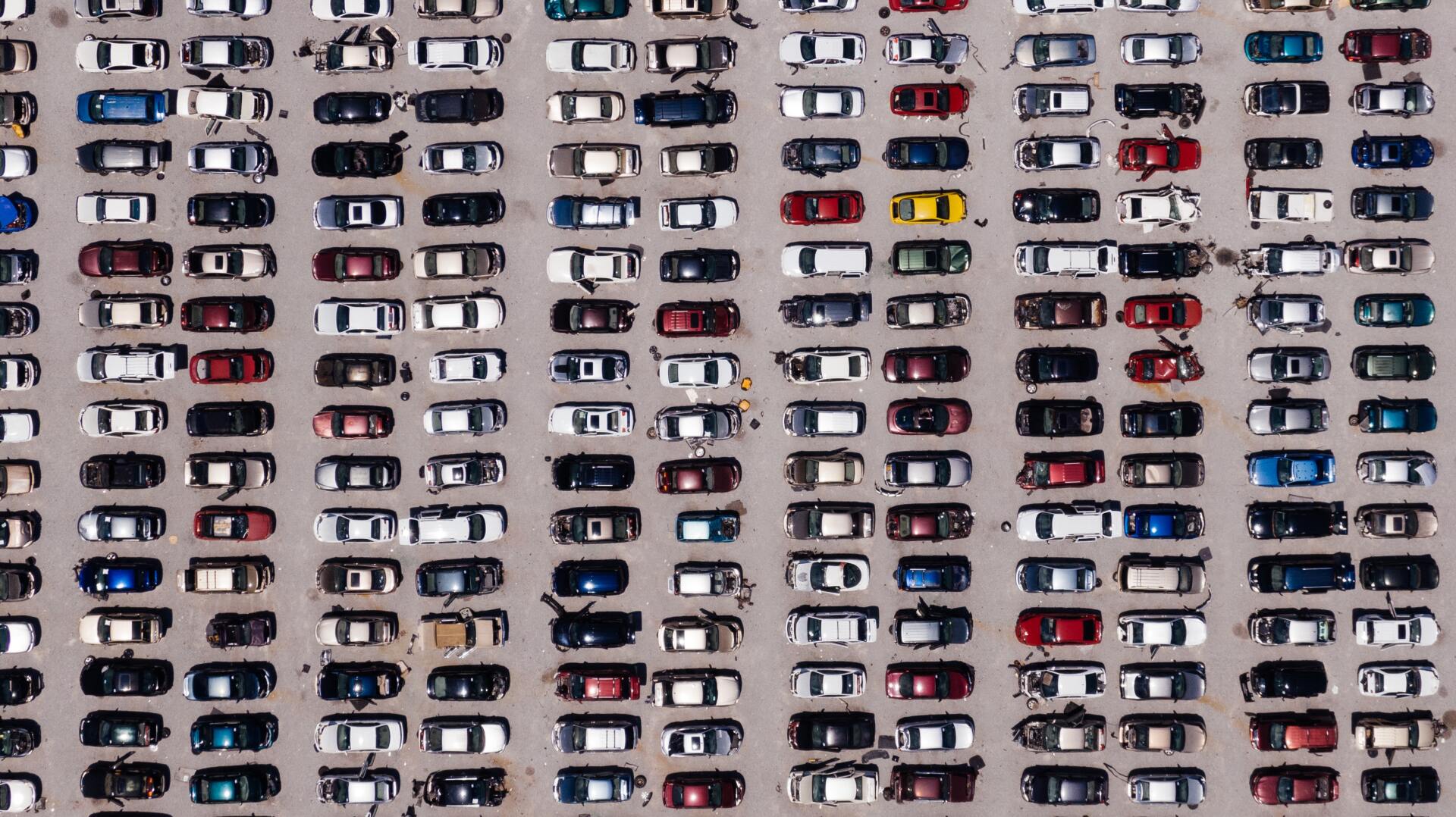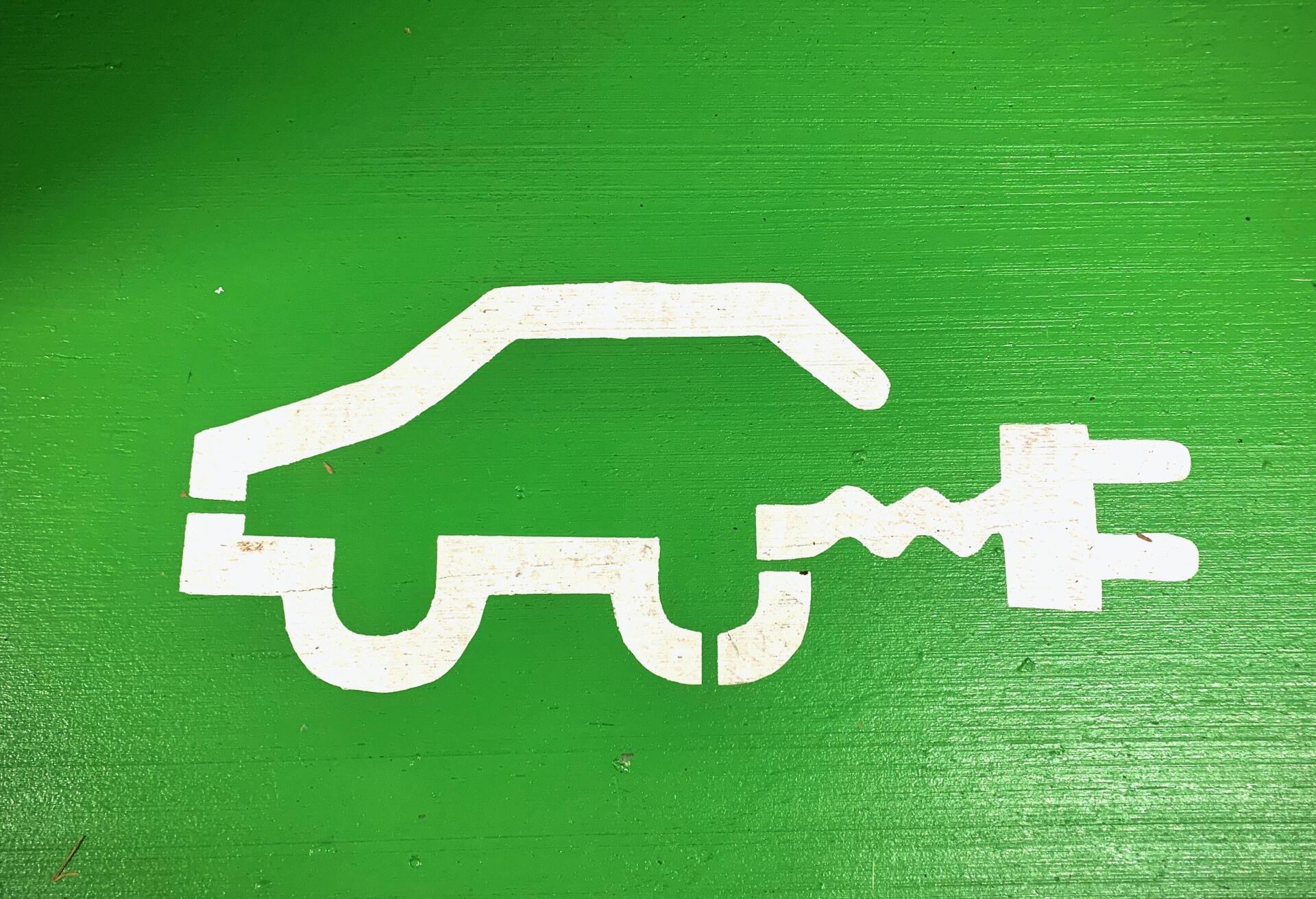The Internet is a beautiful thing, especially for those of us who are voracious about seeking out news, trends, obscure facts, and anything else that keeps the active mind satisfied. If you’re like me, nothing is better than sitting down with a few spare hours with YouTube. I can start with a lithium-ion battery presentation and end while watching a cat playing the piano a couple of hours later.
I thought of myself as someone who could see the trends and challenges of the automotive industry based on these frequent forays into the world-wide-web (no one calls it that anymore, do they?), and I was sure that challenge was electric vehicles.

